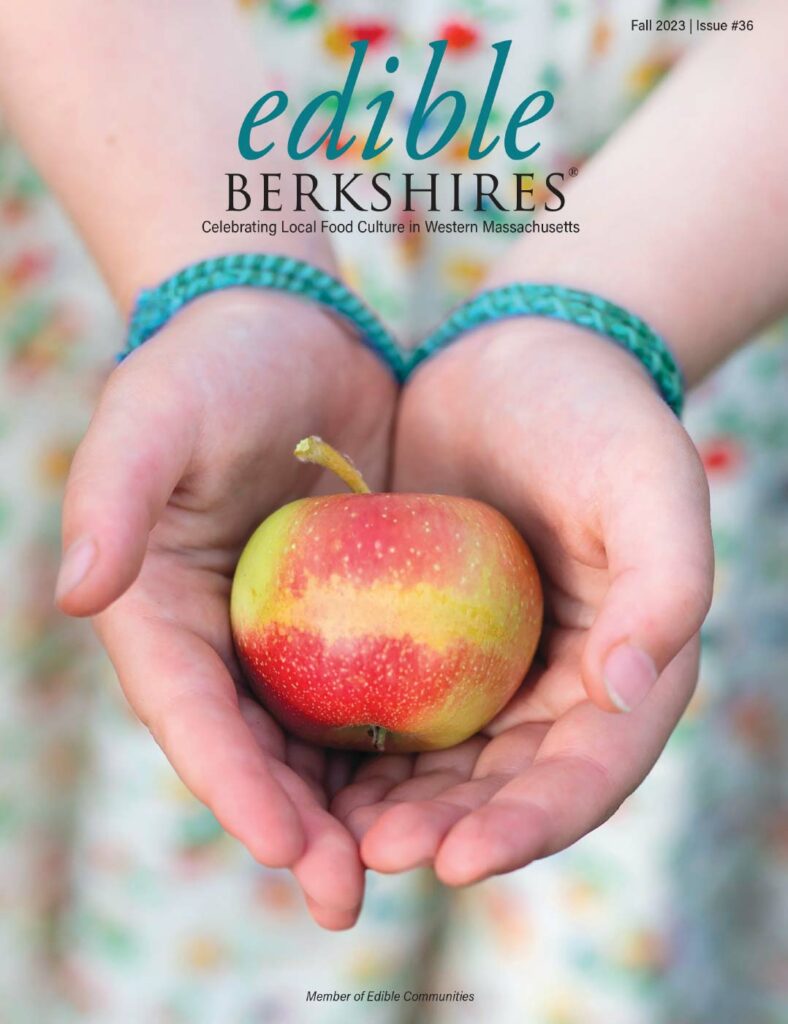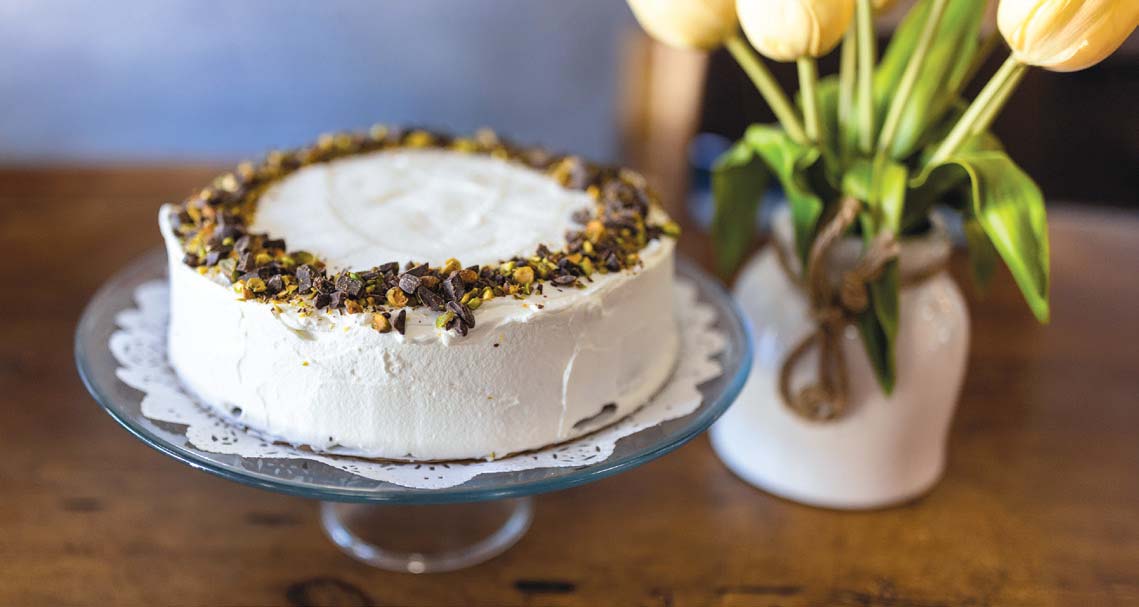
It is embarrassing to admit, but whenever others complain about the onslaught of holiday parties or quick last-minute gatherings, I hold back. I rarely confess my love of such events and the reason that I love them. Of course, I enjoy seeing people and toasting the season, but my true passion for these gatherings is more about the fact that I cannot resist anything I am allowed to eat with my fingers that is served on a silver platter.
I obsessively count my fruit and vegetable intake each day, so before such events I usually fortify myself by eating a hearty green salad before leaving the house. Then I can feast on cheese, crabcakes, and anything else that is passed my way. But I am most impressed when the offerings go beyond the traditional Swedish meatballs, bits of tenderloin with horseradish on toasted slices of baguette, and cheese trays (all of which I love), and help balance my seasonal diet. This is preferable to the diet I will need to implement in the months ahead if I only eat the more traditional holiday offerings.
Recently, a friend effortlessly popped some homemade frozen gougères into the oven to serve with a glass of wine; pan-toasted pecans with a prepared spice mix to set in a dish on the coffee table; and filled a ramekin with some fava bean hummus along with wedges of fennel, carrot batons and blanched green beans, ensuring that we all ate our vegetables that evening. Dinner was complete.
With this in mind, and the fact that it is nice to have a few recipes in hand that can replace a dinner in this hectic season of shopping, cookie baking, and gift-wrapping, I have put together a few recipes that make the holidays festive. They can be thrown together easily for a last-minute gathering by the fireplace or simply eaten on the run.
This season I hope to have on hand mushroom bisque for sipping from a demitasse (this can easily be frozen); the makings of a simple apple, Gruyère, thyme, and fig jam pizza (with the use of a frozen pizza crust from Baba Louie’s or Berkshire Mountain Bakery, assembling this takes minutes); and some endive leaves to hold a spoonful of roasted beets, pistachio, and citrus (which can be put together in minutes if you have roasted beets on hand). If endive leaves and beets can count as a salad, we have managed a three-course dinner without needing to wash a single piece of cutlery or even a plate. This approach might even carry forward into the spring, and the silverware drawer can settle in for a long winter’s nap.










